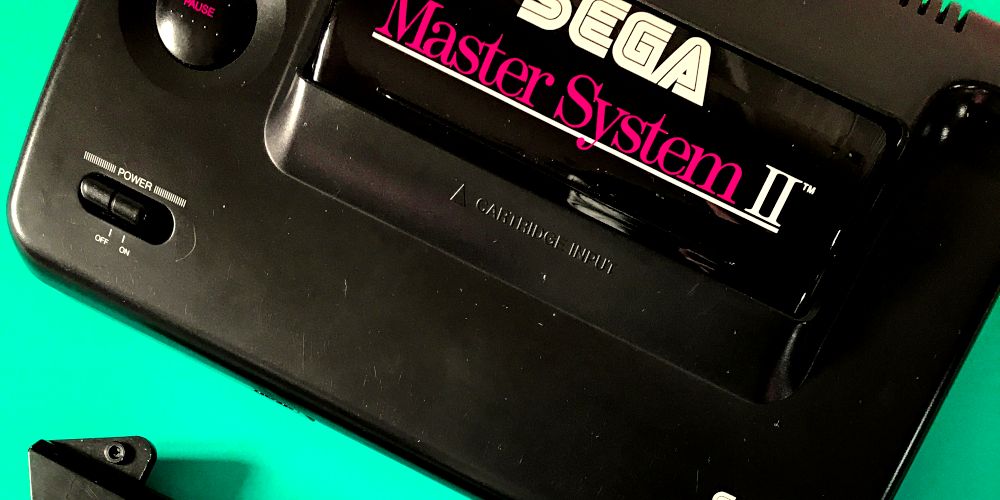Gaming has gotten better over the years.
In the 8-bit and 16-bit eras, gaming mostly consisted of side-scrolling platformer games with the occasional sports game or top-down action game. Now we have unlimited variety.
But not everything in gaming has gotten better.
There was a time when every purchase of a video game console came with something that is now essentially non-existent: the pack-in video game. Many modern gamers have never even heard the term, let alone know what it is.
Back then, gaming consoles came with game titles bundled in the purchase—and these were called pack-in video games.
Why Pack-In Video Games?
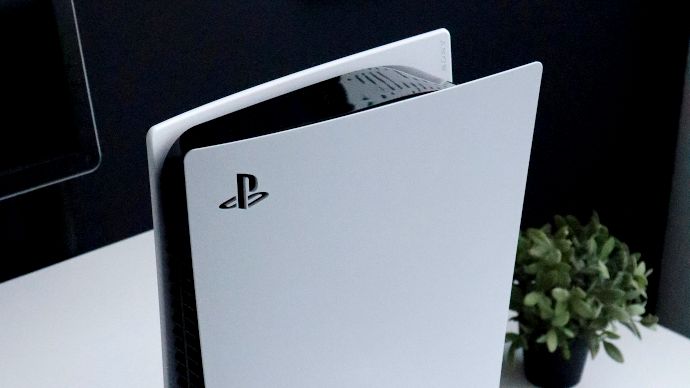
Video game consoles are expensive. So are video games.
You might think the recent price hike on retail AAA games—up from $60 to $70—that came with the introduction of the Xbox Series X|S and PlayStation 5 is steep.
But back in the early 1990s, video games for the Super Nintendo regularly exceeded the $70 price tag. And those are 1990 dollars! That'd be the same as $140 in today's dollars.
When you're laying down hundreds of dollars for a game system, spending a few hundred more for games is a tough sell.
The First Pack-In Video Games
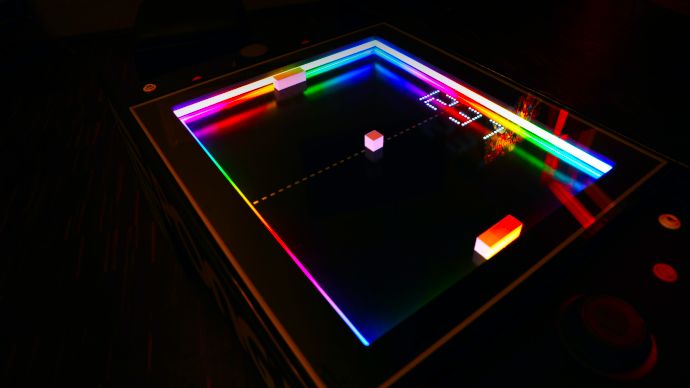
Technically, one of the first pack-in games was Pong, but only because the at-home Pong machine only played that one game.
Later on, a more traditional video game console would come with a pack-in video game: the Sega Master System.
The Sega Master System came with a game called Snail Maze built right into the BIOS, and you could load it up even without any game cartridges inserted. (Holding the Up button plus the 1 and 2 buttons, for those of you who remember it!)
But the title for "very first pack-in video game" belongs to the Magnavox Odyssey, which was a pioneering console so old that the term "video game" didn't even exist during its time.
The Magnavox Odyssey launched with several game cards (not cartridges) in the box, which allowed you to play Ski, Football, Simon Says, and Table Tennis.
The Atari 2600 followed with Combat as a pack-in.
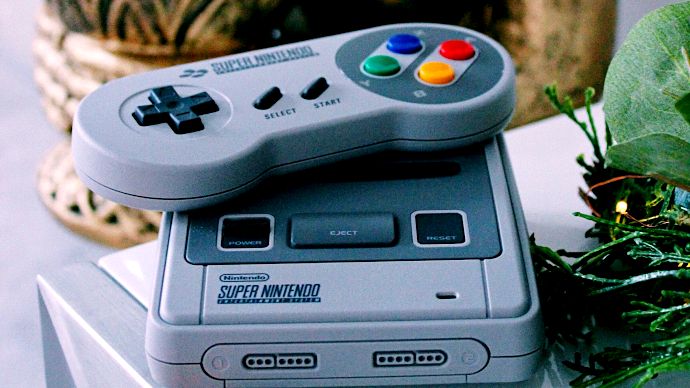
After this, the true heyday of the pack-in video game began with the Nintendo Entertainment System, which launched with Super Mario Bros as a pack-in. Later on, the pack-in would evolve to include Duck Hunt and even R.O.B. Robot.
Further classic Nintendo pack-ins included either Super Mario All-Stars or the all-time classic Super Mario World.
And we can't forget about the Sega Genesis, which packed-in Sonic the Hedgehog. That move cemented the blue platformer mascot as one of gaming's most iconic characters.
Enter the PlayStation Era
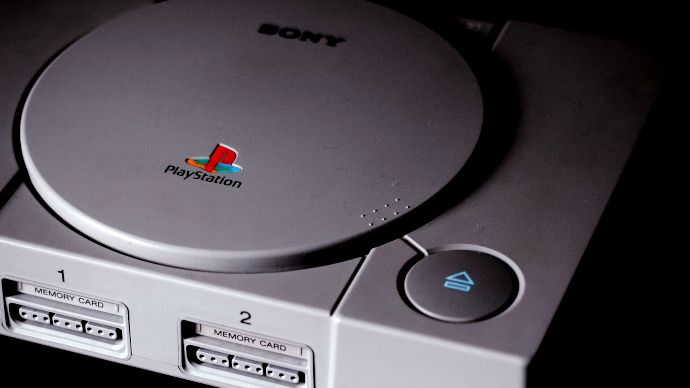
With the arrival of the Sony PlayStation, the concept of a pack-in video game as we knew it came to an end.
In its place, we got something else... something that, in retrospect, was far more insidious than a pack-in: the demo disc.
The actual demo disc you got with your PlayStation purchase varied depending on when you bought the console. For me? The only game I can remember being on my demo disc was Croc.
Croc turned out to be a generic 3D platformer attempting to cash in on the hype of Super Mario 64. And while Croc wasn't especially good, I ended up buying it.
Why? Because it was on the demo disc.
At the time, demo discs felt quite innocent and even helpful. It gave us something to play, didn't it? And it was free, wasn't it? But at the end of the day, it was but one thing: advertising.
We'll never know the exact reasons why Sony decided to forego pack-in video games for demo discs. Being newcomers to gaming, you'd think they'd do everything they could to match Nintendo's trends at the time.
Alas, that's the direction they took. And everyone else eventually followed in Sony's footsteps, killing the pack-in game.
I remember the last pack-in I ever got with a new gaming system, and it wasn't even technically a pack-in.
I bought a Sega Saturn right as they were being discontinued, and it came with a pack of three games: Daytona USA, Virtua Cop, and Virtua Fighter. I bought it at a store that was also going out of business, so it all cost me... one penny.
Gaming After the Death of Pack-Ins
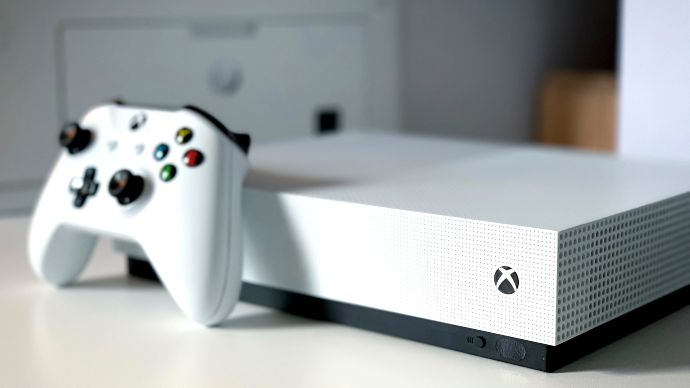
When the pack-in video game disappeared, it wasn't even replaced by demo discs. Sony stopped including demo discs after the original PlayStation. If you wanted a demo disc, you had to buy one for a few bucks or get it included with a magazine.
When Microsoft launched the Xbox, the company had a chance to reintroduce the pack-in video game. Or demo discs. Or anything. But they didn't. Some stores offered their own bundles, but there was no official pack-in video game for the Xbox.
This trend carried through to the next generation as well.
Neither the Xbox 360 nor the PlayStation 3 included a pack-in of any kind, and by this generation, demo discs were a thing of the past. (If you bought a hard drive add-on for the Xbox 360, it came with the puzzle game Hexic. But that was it.)
The PlayStation 4 technically included Playroom as a pack-in, but that barely counted as a game. Plus, it was entirely digital.
Could Pack-In Video Games Come Back?
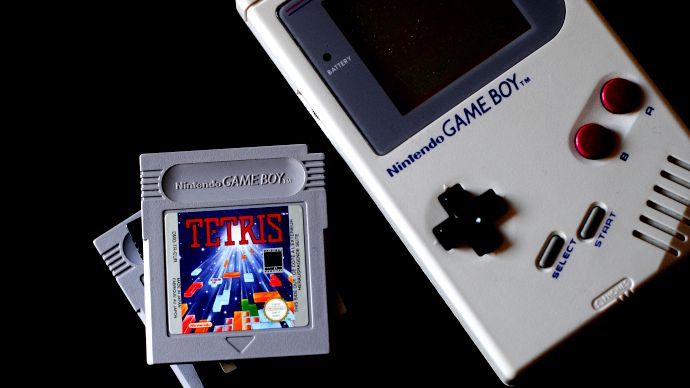
Today, the only remaining legacy of the pack-in video game is the concept of retailer bundles, and these often cost more than the base price of the gaming console.
But, strangely enough, the company who killed off the pack-in video game recently introduced something similar:
The PlayStation 5 comes with a copy of Astro's Playroom pre-installed. It's meant to show off the system's controller and keep you occupied until you can download and install whatever other games you might want to play.
As it turns out, Astro's Playroom is pretty good!
But this probably isn't heralding the return of pack-in video games. There are too many modern factors that render it obsolete.
For example, PlayStation Now subscribers and Xbox Game Pass subscribers get access to hundreds of great games for a flat monthly fee. PC gamers can get something similar with a subscription to Humble Choice.
With services like this, there really isn't a need for pack-in video games anymore. Fat chance we'll ever see them return. Still, let's pour one out for the pack-in.
